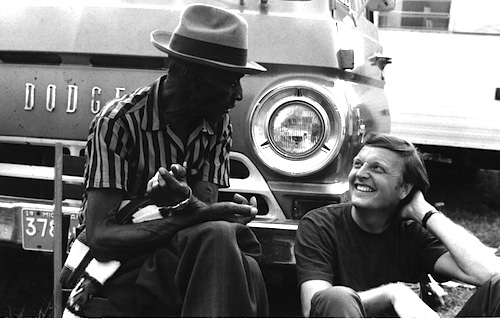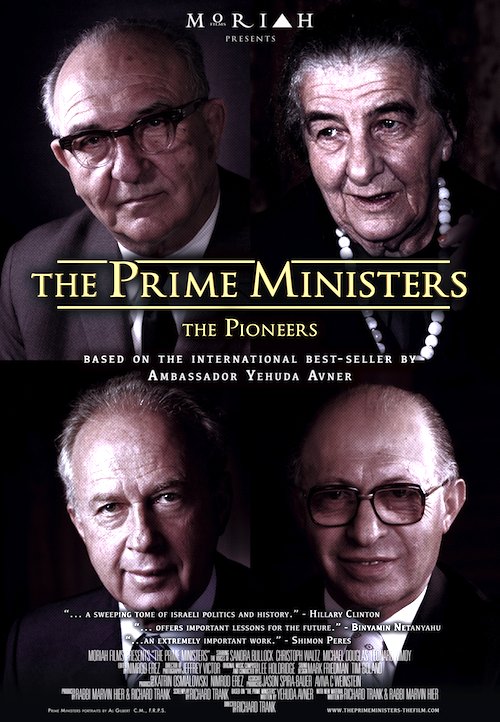By Joe Bendel. Chris Strachwitz was born to an aristocratic family in Lower Silesia, but WWII drastically altered his destiny, turning him into the song-hunting heir of Alan Lomax. News that the advancing Soviet army was summarily executing “capitalists” convinced his family to emigrate west. Encountering New Orleans Jazz and Delta Blues as an American teen, he subsequently founded Arhoolie Records (named after a form of field holler Lomax recorded) to seek out and preserve the earthy sounds that spoke to him. Fifty years later, Strachwitz looks back on it all in Chris Simon & Maureen Gosling’s This Ain’t No Mouse Music, which screens during the 2013 Margaret Mead Film Festival at the American Museum of Natural History.
“Mouse Music” is a vague term Strachwitz uses for the sort of slick, mass produced music he can’t abide. His musician friends cannot really define it either, but they know you don’t want to be it. Like Lomax, Strachwitz did much of his recording in the field, tracking down many of the real deal Blues, Cajun, Creole, Cajunto, and Appalachian musicians that had slipped through the modern world’s cracks. The first time out, he hit major pay dirt, “discovering” Mance Lipscomb. Thanks to Arhoolie, artists like Big Joe Williams, post-“Hound Dog” Big Mama Thornton, Mississippi Fred McDowell, Michael Doucet, and Clifton Chenier would find a dedicated national audience.

During his travels, Strachwitz met and collaborated with filmmaker Les Blank (to whom Mouse Music is dedicated) and became a family friend to scores of musicians. Evidently, Strachwitz largely picked up the Bay Area politics surrounding him, but Simon and Gosling mostly steer clear of potentially divisive subjects. However, they cannot resist including the story of how Strachwitz obtained publishing rights to Country Joe McDonald’s “I Feel Like I’m Fixin’ to Die Rag.” Evidently, the folk-rocker needed to lay down the future Woodstock ditty quickly and was referred to Strachwitz’ living room-studio by friends. In lieu of payment, Strachwitz accepted publishing rights, proving former Silesian aristocrats are better businessmen than hippies.
Simon and Gosling keep up with the only slightly manic Strachwitz quite well, conveying a good sense of the man and his label’s roster of artists. While not everything Arhoolie releases will be to everyone’s tastes, the depth and breadth of it is quite impressive. Indeed, there is something very Whitman-esque about Strachwitz’s far-ranging pursuit of this roots music. The doc also provides a nice Blues fix, which is tough to get through mainstream media outlets. Recommended for fans of unvarnished musical Americana, This Ain’t No Mouse Music screens this Friday (10/18) as part of this year’s Margaret Mead Film Festival at the AMNH.
LFM GRADE: B
Posted on October 15th, 2013 at 12:14pm.





